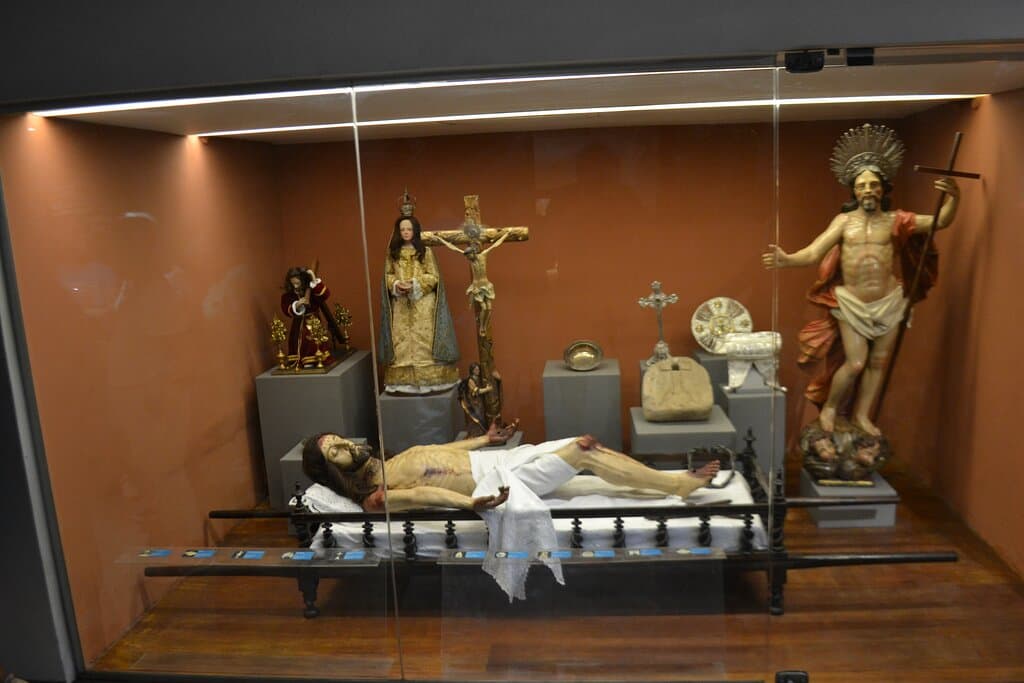
Museu de Arte Sacra de Ouro Preto
Discover centuries of religious and secular art in the historic crypt of Ouro Preto's Basilica.

Highlights
Must-see attractions
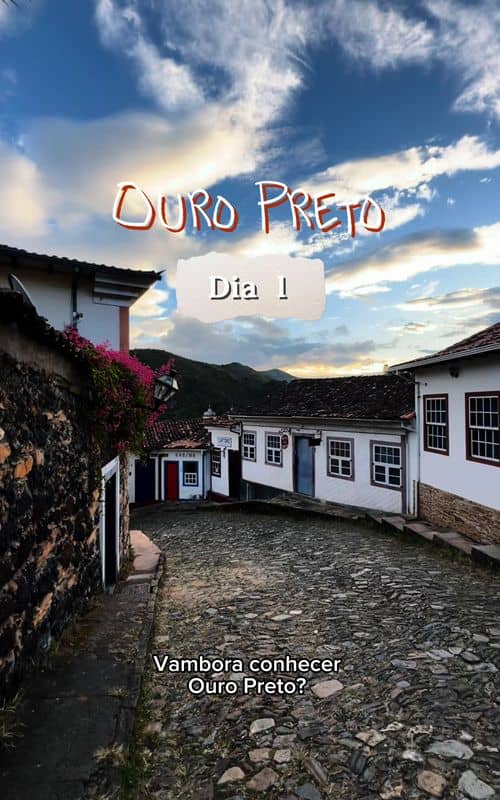
Social
From TikTok & Reddit
Best Time
Fewer crowds, more peaceful

Museu de Arte Sacra de Ouro Preto
Best Time
Fewer crowds, more peaceful

Highlights
Must-see attractions
Discover centuries of religious and secular art in the historic crypt of Ouro Preto's Basilica.
"Worth visiting, you don't need a tour guide because you will find all the information you need inside it."
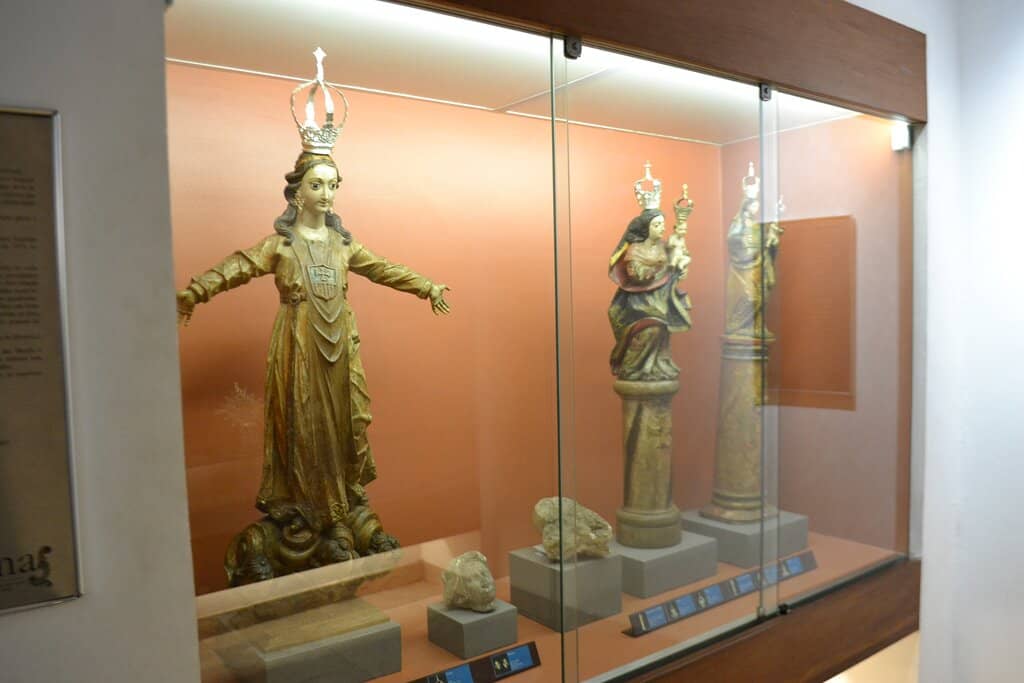
🗺️ Check Basilica Hours
The museum is in the Basilica's crypt; confirm both schedules to avoid disappointment.
🗣️ Labels are in Portuguese
Exhibits have detailed Portuguese labels. Consider a translation app if needed.
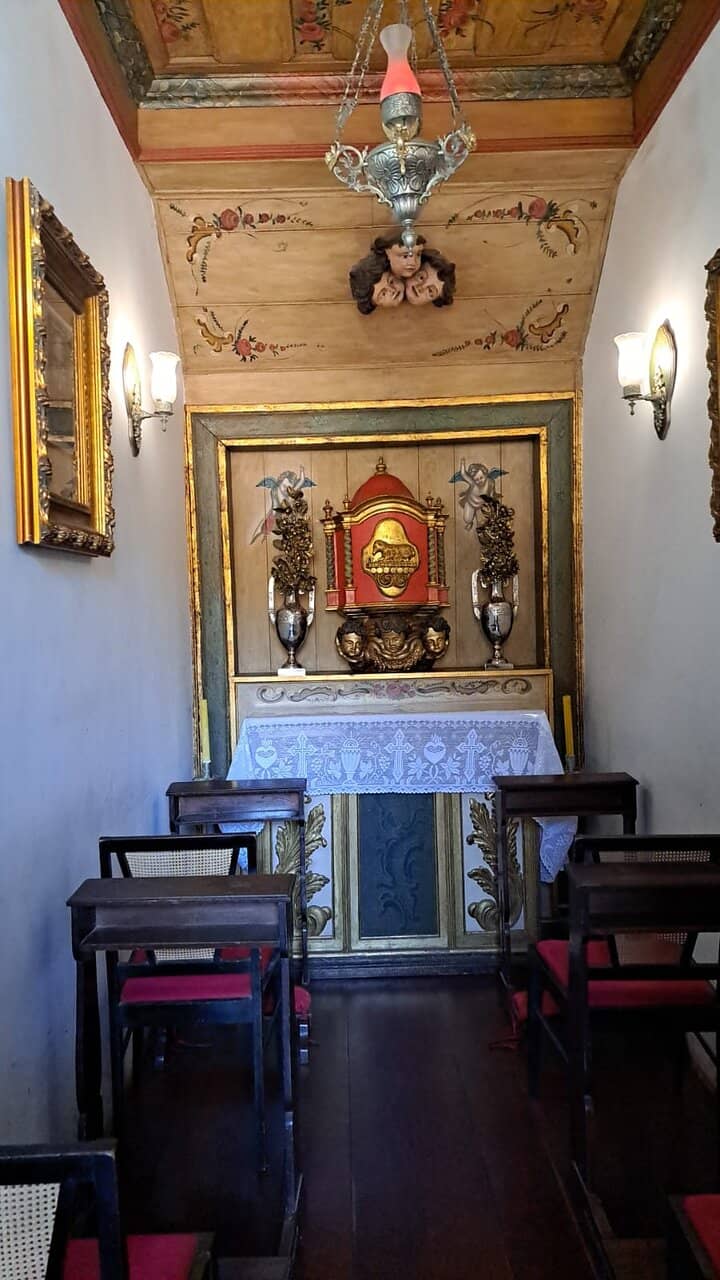
Highlights
Discover the most iconic attractions and experiences

Baroque Masterpieces
Crypt of the Basilica de Nossa Senhora do Pilar
Explore centuries of religious and secular art, from gilded sculptures to intricate vestments.

Historical Context
Thematic display vitrines
Understand the golden age of gold mining and Vila Rica's rich past through detailed exhibits.
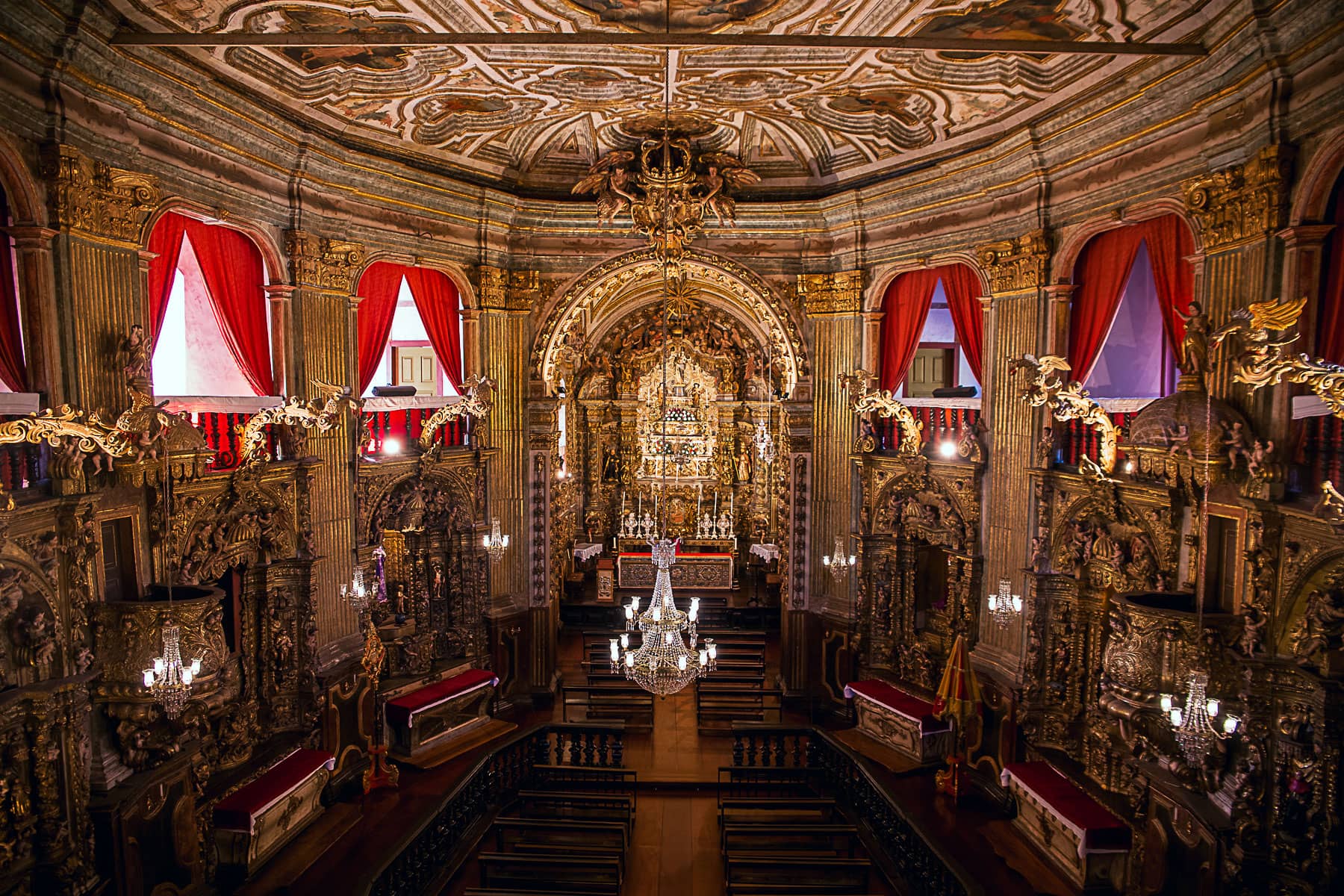
Basilica de Nossa Senhora do Pilar
Above the museum
Admire the stunning architecture of the basilica itself, a significant landmark in Ouro Preto.
Plans like a pro.
Thinks like you
Planning Your Visit
Timing is Everything
What to Expect Inside
Best Times
Insider Tips
from TikTok, Instagram & Reddit
🗺️ Check Basilica Hours
The museum is in the Basilica's crypt; confirm both schedules to avoid disappointment.
🗣️ Labels are in Portuguese
Exhibits have detailed Portuguese labels. Consider a translation app if needed.
✨ Don't Miss the Crypt
The museum is located in the crypt, a unique space with its own history.
🚶♀️ Explore the Basilica
The church above the museum is also a must-see for its grandeur.
Tips
from all over the internet
🗺️ Check Basilica Hours
The museum is in the Basilica's crypt; confirm both schedules to avoid disappointment.
🗣️ Labels are in Portuguese
Exhibits have detailed Portuguese labels. Consider a translation app if needed.
✨ Don't Miss the Crypt
The museum is located in the crypt, a unique space with its own history.
🚶♀️ Explore the Basilica
The church above the museum is also a must-see for its grandeur.
🧐 Look for Signage
Some visitors found signage for the museum's deeper sections to be lacking.
What Travellers Say
Reviews Summary
Visitors generally find the Museu de Arte Sacra de Ouro Preto to be a worthwhile experience, appreciating its rich collection of colonial art and its unique location within the Basilica's crypt. Some reviewers noted that the exhibit labels are only in Portuguese and that signage could be improved, but the historical context and artistic value are consistently praised.
"Worth visiting, you dont need a tour guide because you will find all the information you need inside it"
Massinissa Fakri
"O Museu de Arte Sacra de Ouro Preto, inaugurado em 2000, localiza-se na Basílica de Nossa Senhora do Pilar, abrigado na cripta da Basílica, que é um espaço sob a sacristia, que foi encontrado durante a última reforma do monumento e onde, acredita-se, funcionava uma mina de ouro,
Em seus primórdios o Museu foi constituído, com objetivo de salvaguardar seu patrimônio material, atualmente com um espaço já consolidado, oferece a visitação, um acervo de cerca de 400 peças produzidas entre os séculos XVII e XIX, que compões peças religiosas e profanas dos períodos Maneirista, Barroco, Rococó e Neoclássico e abrangem a história da antiga Vila Rica ,durante o período áureo da mineração do ouro.
As peças estão distribuídas em oito vitrines temáticas, com imagens santas, resplendores, banquetas, documentos e até vestimentas dos moradores da época, na visitação, os visitantes têm acesso às peças e as informações sobre o contexto histórico, pois elas ficam expostas em uma sala, em vitrines com legendas explicativas em português."
Carlos Roberto Minossi
"O museu fica dentro da igreja, no subsolo. Vale a pena conferir"
Keyla Lins Bruck Thedin
What People Like
What People Dislike
Frequently Asked Questions
🚇 🗺️ Getting There
The museum is located within the Basilica de Nossa Senhora do Pilar, in the heart of Ouro Preto's historic center. You can easily walk to it if you are staying in the central area.
Parking in Ouro Preto's historic center can be challenging due to narrow streets and limited spaces. It's best to arrive early or consider walking if staying nearby.
While Ouro Preto has local buses, most visitors find walking the most convenient way to explore the historic center and reach the museum.
Many visitors recommend exploring Ouro Preto on foot to fully appreciate its colonial architecture and atmosphere. Consider comfortable shoes!
Yes, guided tours are available and can enhance your understanding of the city's rich history and art. However, some find the museum information sufficient.
🎫 🎫 Tickets & Entry
Opening hours can vary, and some visitors have noted a lack of clear communication regarding schedules. It's advisable to check with the Basilica or local tourist information for the most up-to-date times.
Information on ticket prices is not readily available online. It's recommended to inquire upon arrival or check with the Basilica de Nossa Senhora do Pilar.
The museum is located within the Basilica, so it's likely that entry to the Basilica might grant access to the museum, or a combined ticket may be available. Clarification upon arrival is best.
Yes, many visitors find that the museum provides sufficient information through its explanatory labels, making a separate tour guide unnecessary for the museum itself.
As the museum is located in a historic crypt, accessibility might be limited. It's best to inquire about specific accessibility features before your visit.
🎫 🖼️ Onsite Experience
The museum features approximately 400 pieces of religious and secular art from the 17th to 19th centuries, including sculptures, paintings, documents, and vestments.
The explanatory labels are primarily in Portuguese. Visitors who don't speak Portuguese may benefit from a translation app or a guide.
A visit can take anywhere from 30 minutes to an hour, depending on your interest in the historical context and the art pieces.
The crypt was discovered during renovations and is believed to have once been a gold mine, adding a unique historical layer to the museum's setting.
Photography policies can vary. It's best to check for signage or ask museum staff before taking pictures to ensure you comply with their rules.
🍽️ 🍽️ Food & Dining
There are no dining facilities directly within the museum. However, Ouro Preto offers numerous restaurants and cafes in the surrounding historic center.
Ouro Preto has a vibrant culinary scene. You can find traditional Minas Gerais cuisine and other options within walking distance of the Basilica.
While traditional Minas Gerais cuisine is meat-heavy, many restaurants in tourist areas are increasingly offering vegetarian and vegan options. It's worth asking.
📸 📸 Photography
The museum's unique setting in the crypt and the intricate details of the religious artifacts offer compelling photographic subjects.
Drone usage is subject to local regulations. It's advisable to check with local authorities before flying a drone in Ouro Preto.
Beyond the museum, Ouro Preto's entire historic center, with its baroque churches and winding streets, is incredibly photogenic.
For Different Travelers
Tailored advice for your travel style
👨👩👧 Families with Kids
For younger children, the novelty of the old streets and the stories behind the artifacts might be engaging. However, the museum's crypt setting and detailed exhibits might require some parental guidance to keep them interested. Look for interactive elements or stories that can be easily conveyed to younger audiences.
🏛️ History Buffs & Art Enthusiasts
Beyond the museum, Ouro Preto is a living museum in itself. Dedicate ample time to exploring the numerous churches, each with its own distinct architectural style and artistic treasures. Visiting former gold mines offers a tangible connection to the city's past, and understanding the context of the gold cycle is crucial for appreciating the art and architecture you'll encounter.
🚶♀️ Budget Travelers
Look for local eateries (botecos) for more affordable meal options rather than tourist-focused restaurants. Consider packing snacks and water to save money during your explorations. The experience of wandering through the charming streets and admiring the colonial architecture is itself a significant part of the Ouro Preto experience and costs nothing.
Deep Dives
In-depth insights and expert knowledge
The Art and History Within
The museum's unique location within the crypt of the Basilica de Nossa Senhora do Pilar adds another layer of intrigue. This subterranean space, discovered during renovations, is believed to have once been a gold mine, connecting the artistic heritage directly to the economic engine that fueled Ouro Preto's prosperity. Visitors can explore these pieces displayed in eight thematic vitrines, each accompanied by explanatory legends in Portuguese that detail their historical context.
While the museum offers a wealth of information, some visitors have noted that signage can be inconsistent, and the labels are exclusively in Portuguese. Despite this, the sheer volume and quality of the collection make it a worthwhile visit for anyone interested in Brazilian colonial art and history. The opportunity to see such a concentrated display of Baroque artistry in its original setting is truly remarkable.
Navigating Ouro Preto's Historic Charm
Getting around Ouro Preto often involves a combination of walking and, for longer distances or tired legs, local taxis or ride-sharing services. Parking can be a significant challenge in the historic center due to narrow streets and limited spaces, so arriving early or opting for accommodation with parking is advisable. Many visitors find that the best way to experience the city is to park once and then explore the main attractions, including the Museu de Arte Sacra, on foot.
Beyond the museum, Ouro Preto offers a wealth of other attractions, including numerous baroque churches, former gold mines, and the Aleijadinho Museum. The city's rich history as a former capital of Minas Gerais during the gold cycle is palpable in every corner, making it a destination that rewards slow exploration and a curious mind.
Social
from TikTok, Instagram & Reddit